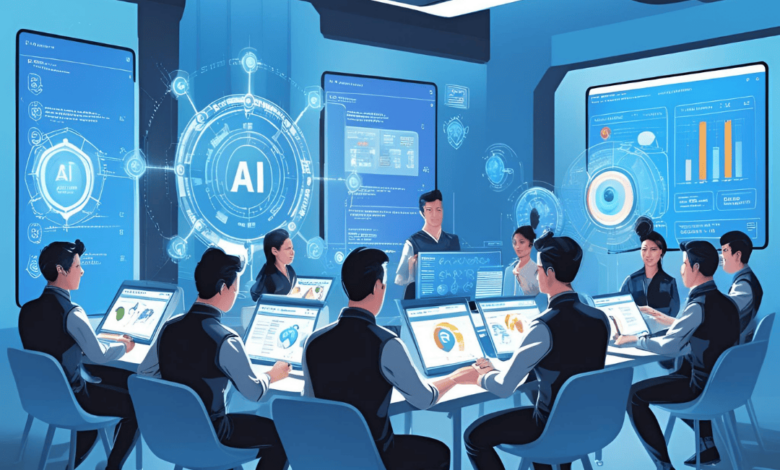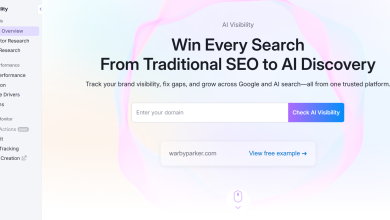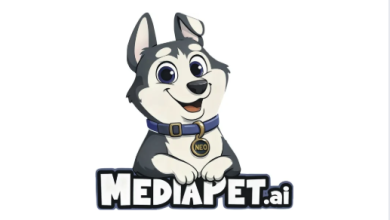
As advertising agencies embrace Generative AI (GenAI) for content creation, campaign optimization and strategic insights, a critical question emerges: how is AI reshaping the way our teams think? A recent survey by the American Association of Advertising Agencies (4A’s) highlights a paradox—while AI enhances efficiency, it risks eroding critical thinking skills. For agency executives, this means re-evaluating how we train junior teams to thrive in an AI-assisted landscape.
The Role of AI in Modern Advertising Workflows
From automated copywriting to predictive audience modeling, GenAI is revolutionizing ad workflows. It offers speed and scalability, but it also introduces over-reliance risks. When junior team members accept AI-generated insights without question, they may lose the ability to analyze, adapt and innovate. Agencies must ensure that AI serves as a tool for enhancement rather than a replacement for strategic thinking.
According to the World Economic Forum’s Future of Jobs Report, analytical and creative thinking remain among the top skills employers seek, especially as AI capabilities take over many elements of administrative work.
Yet a study published in January found that young people exhibited higher dependence on AI tools and lower critical thinking scores compared to older workers, pointing to a potential skills gap for the new workforce.
The Shift from Task Execution to AI Oversight
Traditionally, junior employees handled research, creative brainstorming and campaign execution. Now, AI automates much of this work, shifting human effort from creation to curation. This means:
- Junior employees must learn how to prompt AI effectively rather than just consuming its outputs.
- They need to develop strong verification skills, ensuring that AI-generated content aligns with brand strategy and audience insights.
- They must become strategic thinkers, using AI as a springboard for higher-order creative and analytical work.
In the coming decades, millions of workers may need to be entirely reskilled as a result of automation technologies, according to predictions from Harvard Business Review. The report outlines how companies play a critical role in upskilling the workforce, which is in their best interests.
Training Junior Teams for an AI-Integrated Future
To prepare the next generation of advertising talent, agencies should focus on three core training areas:
1. AI Literacy & Verification Skills
- Teach teams how to fact-check AI-generated insights against primary sources.
- Emphasize the importance of verifying data integrity in AI-driven media planning.
- Develop protocols for detecting AI bias in campaign recommendations.
Since this is such a new and fast-evolving arena, this study provides a useful overview of how to evaluate AI literacy skills.
2. Prompt Engineering & Critical Engagement
- Train junior staff on how to craft precise AI prompts for more relevant and brand-aligned outputs.
- Encourage iterative refinement—using AI outputs as starting points rather than final solutions.
- Cultivate a mindset of skepticism, ensuring employees challenge and optimize AI-generated content.
Effective prompt engineering can improve AI output quality by up to 40%, according to a study by Harvard Business School. This significant improvement demonstrates why mastering this skill is crucial for advertising professionals.
3. Human Creativity as the Differentiator
- Reinforce the role of human insight in developing compelling brand narratives.
- Highlight AI’s limitations in emotional intelligence, cultural nuance and breakthrough creative ideation.
- Train employees to use AI as an inspiration tool rather than a substitute for original thinking.
While AI is a powerful assistant, it cannot fully replace human creativity. Uniquely human traits like cultural understanding and emotional depth are paramount to preserving breakthrough advertising and preventing homogenization.
Avoiding the Pitfalls of AI Over-Reliance
Survey data reveals that trust in AI correlates with reduced critical thinking. If unchecked, this trend could homogenize creative outputs and weaken an agency’s competitive edge. Executives must:
- Foster a culture where junior employees feel empowered to question AI outputs.
- Set AI governance guidelines to prevent blind adoption of algorithm-driven recommendations.
- Regularly audit AI-assisted work to ensure it meets high creative and strategic standards.
The MIT Technology Review has documented what researchers call “automation bias” – the tendency to trust computer results without investigating them. Creating safe spaces for questioning is essential. Psychological safety research from Google demonstrates that teams where members feel comfortable challenging ideas perform significantly better on complex creative tasks.
AI as an Ally, Not an Autopilot
The future of advertising lies in the synergy between human intelligence and artificial intelligence. In its report on future-fit marketing skillsets, the World Federation of Advertisers found that marketers must blend technical proficiency with soft skills like emotional intelligence.
As we integrate GenAI into our workflows, we must ensure that human insight remains at the heart of brand storytelling and strategic decision-making. AI should not be seen as a replacement of human labor, but an opportunity to empower teams to grow their distinctive skills and spend more time on engaging work.
Agencies that prioritize AI-assisted critical thinking training will develop teams that can adapt, innovate, and lead in an increasingly automated world.
For agency leaders, the call to action is clear: invest in critical thinking training today to build the AI-savvy creative minds of tomorrow.





